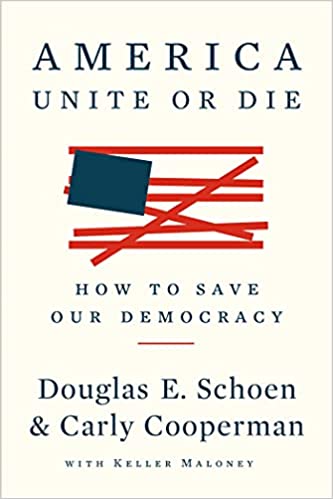Fifty years ago, CBS introduced a new TV series that sharply divided American cultural opinion. Critics and intellectuals hated it, and it became for them a symbol of how far television had fallen since the so-called “golden age” of live, New York-based programs in the early days of the medium. Most everybody else felt differently, however. The show became an instant hit of mammoth proportions. It spent its first two seasons at the very top of the Nielsen ratings. At its peak, it was being watched by 60 million viewers per week. As late as 1982, eleven years after it had left the air at the end of its ninth season, nine of this show’s episodes could still be found on the list of the top fifty highest-rated broadcasts of all time, alongside Super Bowls, blockbuster miniseries, and special event programming. The Beverly Hillbillies was without question one of the most popular television series in the history of American television.
In the first episode, aired on September 26, 1962, we were introduced to Jed Clampett, his mother-in-law Granny, his daughter Elly May, and cousin Jethro, all poor mountaineers scraping out a happy but subsistence living in some remote location in the Ozarks. The now-classic opening theme song elegantly sums up the premise of the show. Jed shoots at what he hopes will be the evening’s meal, but misses. His errant bullet pricks the surface of the rich American soil, and oil (“black gold, Texas tea”) commences gushing out of the ground. With his new found riches, his cousin Pearl convinces him that “Californy is the place you oughta be” (in the pithiest phrasing of American Manifest Destiny since “Go West, Young Man”), so he loads up three generations of his family and moves to Beverly Hills.
In the last half-century, even some critics and professional thinkers have finally come around to embrace the show. A handful of academics, me included, now celebrate it as one of the funniest TV series of its decade. Perhaps one of the reasons that so many people loved it and so many critics hated it back then was because, like most entertainment shows of the 1960s, it was ideologically vague and unfocussed by design. Much of the television of the decade provided a kind of social anesthesia to what we were reading in the papers and hearing on the evening news, an alternative universe in which all of the upheavals of the decade had been erased. While the news was reporting on things like civil rights, political assassinations, the Cuban missile crisis, and the war in Vietnam, prime time was giving us shows about a beautiful genie, a beautiful witch, a talking horse, and a flying nun. American network television created an aesthetic of denial and escape in the 1960s; The Beverly Hillbillies elevated it to an art form.

